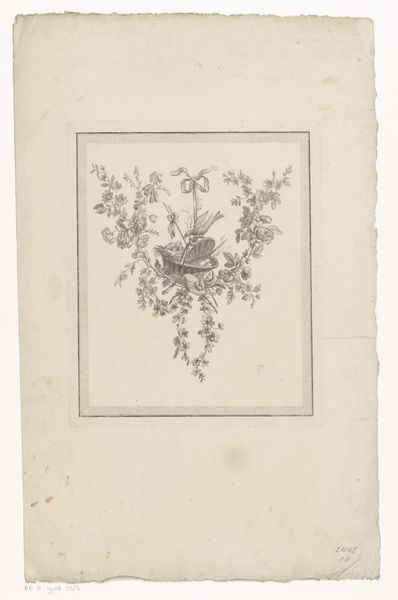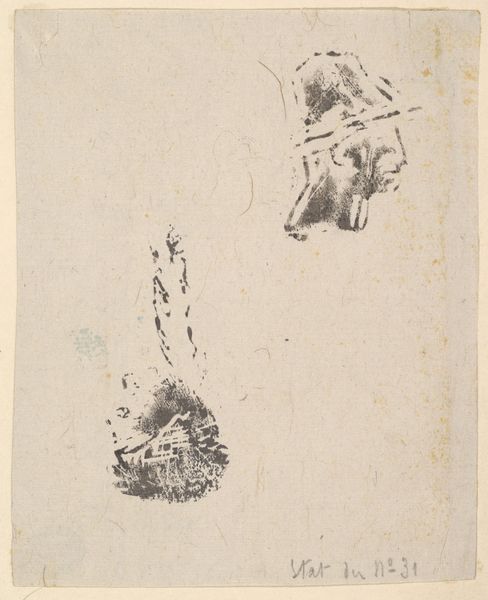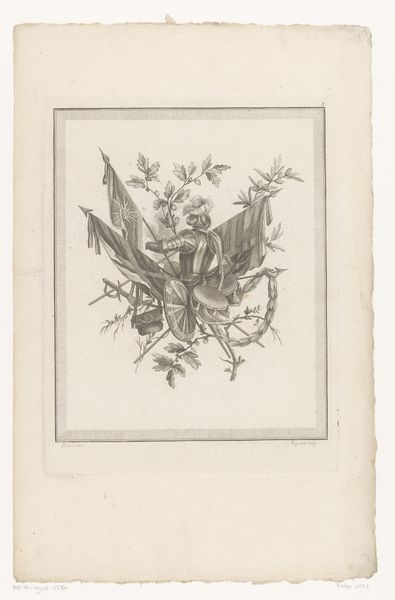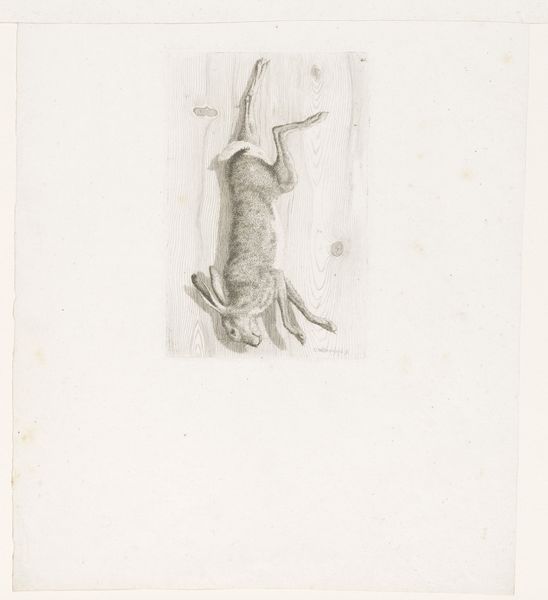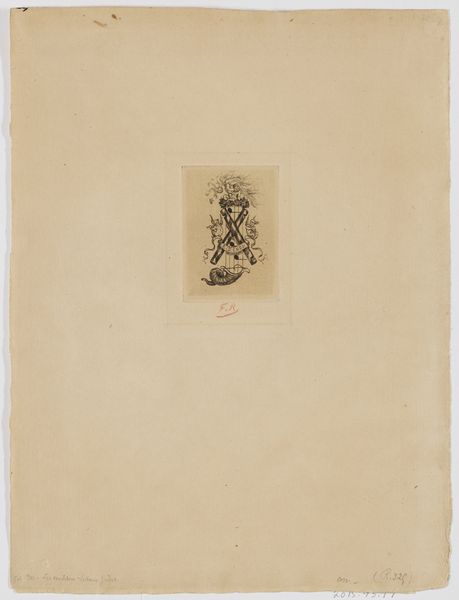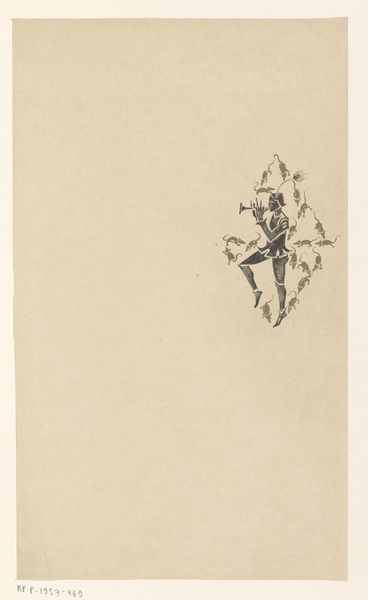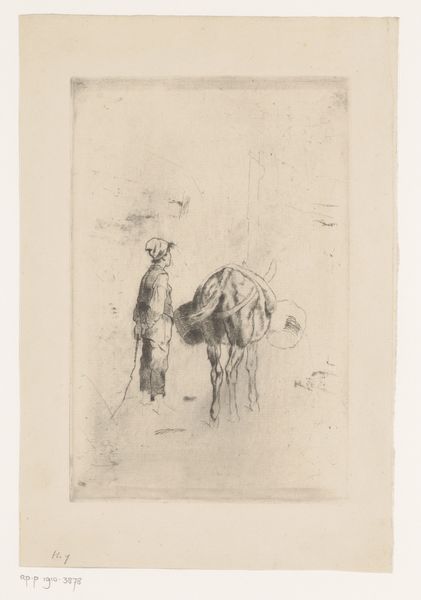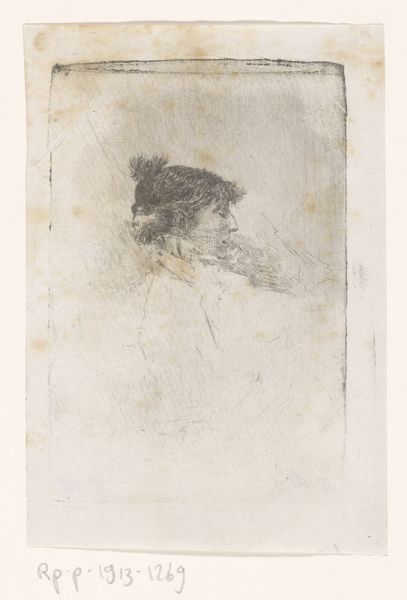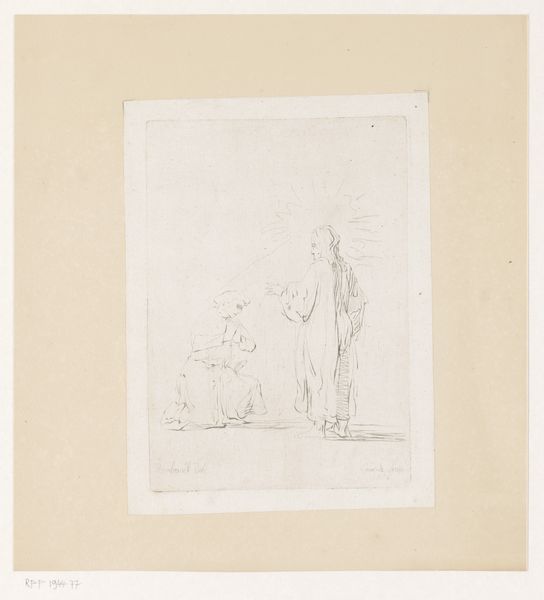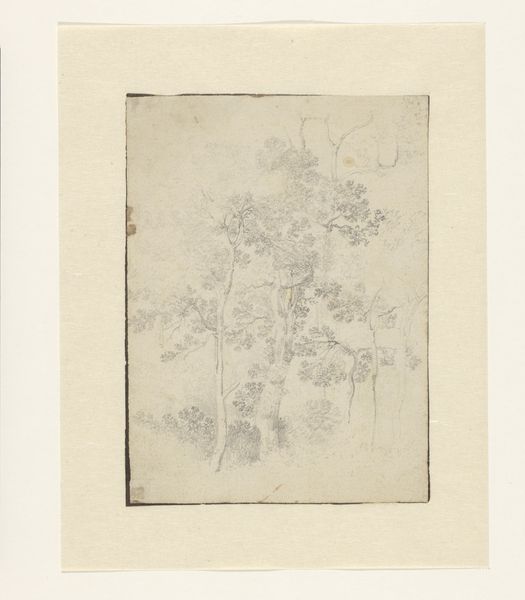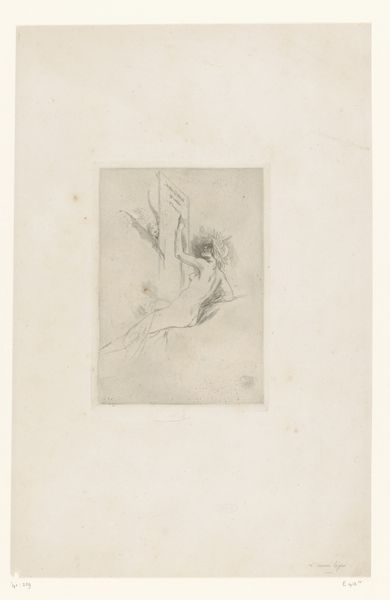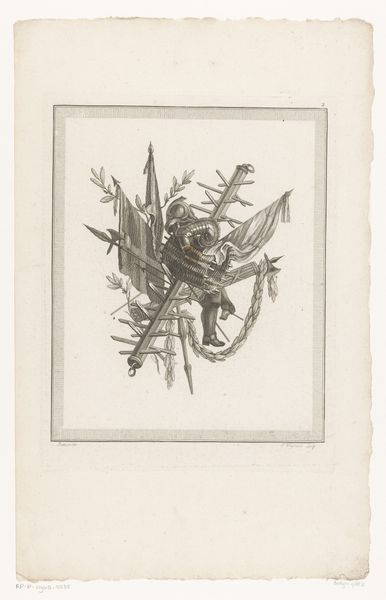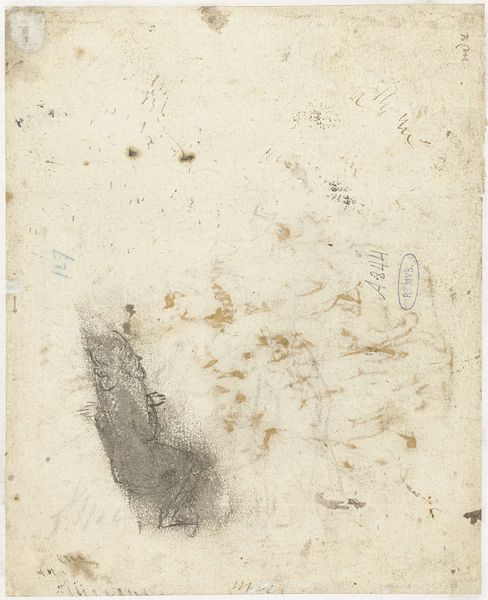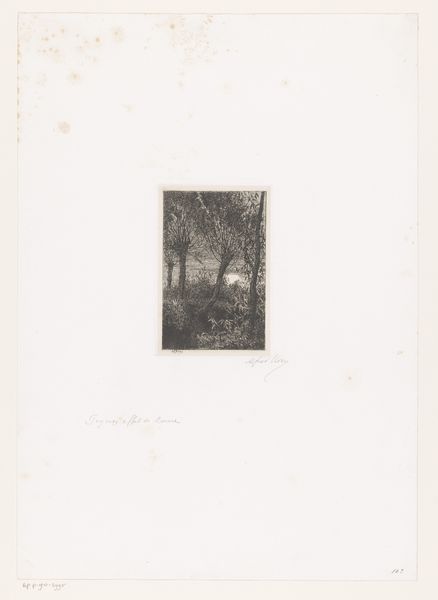
Schetsblad met studies van wandluchters, een epitaaf en architectuurdetails 1827 - 1891
0:00
0:00
drawing, paper, pencil, architecture
#
drawing
#
etching
#
paper
#
geometric
#
column
#
pencil
#
academic-art
#
architecture
Dimensions: height 391 mm, width 350 mm
Copyright: Rijks Museum: Open Domain
Curator: This sketch sheet, a work by Johannes Bosboom created sometime between 1827 and 1891, presents studies of wall lights, an epitaph, and various architectural details, all rendered with pencil and etching on paper. Editor: My first impression is one of fragility. The ethereal pencil lines barely there, it gives me a peek into an artist's preliminary thoughts. You see a craftsman mapping something real out? Curator: Absolutely, I think there's a kind of devotional preparation here. Bosboom was known for his church interiors, but it’s fascinating to see his concern with the symbolic and spiritual dimensions extending to these functional elements like sconces and epitaphs. Consider how light itself functions within a sacred space and memory traditions associated with commemorating lives, captured here. Editor: That's interesting! Because for me, looking at this from a craft perspective, this sheet highlights the labor involved in bringing architectural elements to life. What material will be used, what will the work require in labour from start to completion? There's something grounding and honest about that labor—he wants to truly observe, learn, consider. And all are interconnected parts, and parts are all equally essential. Curator: That focus on the "making" of the elements makes me consider class here too. These decorative wall lights and the architecture of the epitaph suggests a certain level of wealth. Light was such a precious commodity, only really accessible to the rich during this period! Editor: True. What does it tell us that so many different object classes appear together on one piece of paper? It suggests an intersection of purpose—form, utility, memory, capital—all essential to a successful build. How was the consumption of resources, like paper and pencils, accessible in Dutch society at this time? The materiality really makes the sketch richer! Curator: I agree! Focusing on how things were made, materially, is invaluable for exploring and understanding these objects and images that impact cultural memory in particular historical context. Editor: And recognizing that interplay reveals some truths about craft! You know, this sketch invites reflection on the human involvement involved and embedded in buildings and spaces. I really appreciate the quiet beauty found in his technique! Curator: Indeed. It's more than just a sketch; it is a trace of a time and a devotion that is really intriguing to ponder on.
Comments
No comments
Be the first to comment and join the conversation on the ultimate creative platform.
